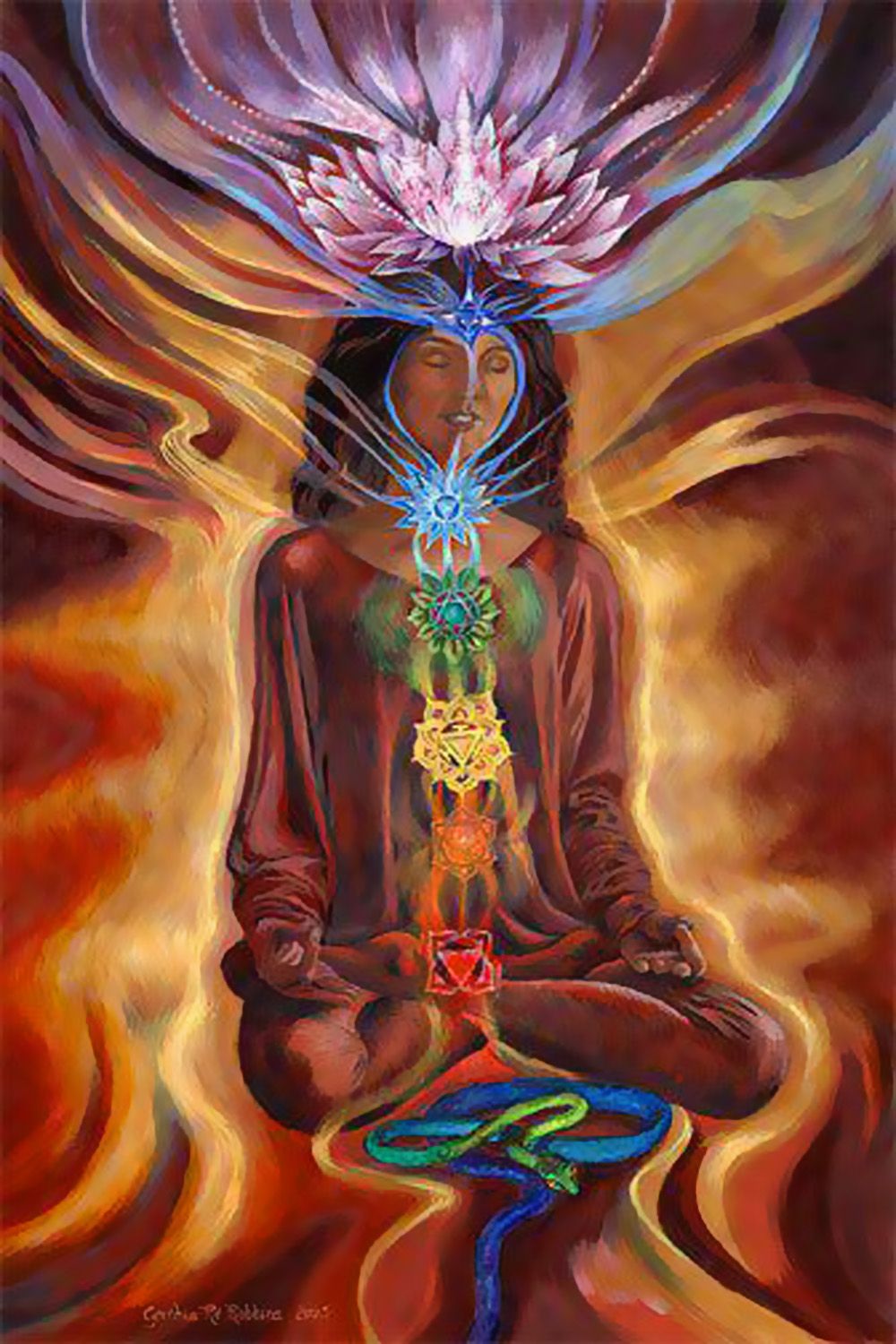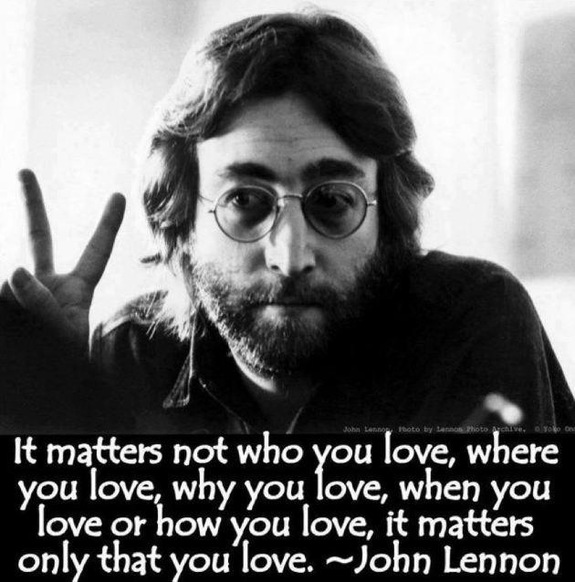Trust yourself fully, for you already have all the answers you are looking for.
HEAD FORWARD CARRIAGE
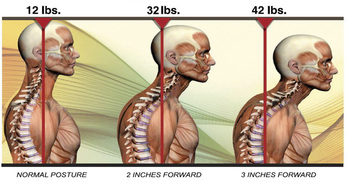
For every inch that the head moves forward in posture, it increases the weight of the head on the neck by 10 pounds!
Poor neck posture leads to a Forward Head Position which is one of the most common causes of neck, head and shoulder tension and pain. This can be a result of injuries like sprains and strains of the neck leading to weak neck muscles, poor sleeping positions and the illustrated examples of driving stress, computer neck, couch neck and readers neck along with improper breathing habits.
The extra pressure on the neck from altered posture flattens the normal curve of the cervical spine resulting in abnormal strain of muscles, ligaments, bones and joints of the neck causing the joints to deteriorate faster than normal resulting in degenerative joint disease or neck arthritis as indicated in an article published in the Spine Journal, recognized internationally as the leading journal in its field and the leading subspecialty journal for the treatment of spinal disorders, 1986;6:591-694.
Poor neck posture leads to a Forward Head Position which is one of the most common causes of neck, head and shoulder tension and pain. This can be a result of injuries like sprains and strains of the neck leading to weak neck muscles, poor sleeping positions and the illustrated examples of driving stress, computer neck, couch neck and readers neck along with improper breathing habits.
The extra pressure on the neck from altered posture flattens the normal curve of the cervical spine resulting in abnormal strain of muscles, ligaments, bones and joints of the neck causing the joints to deteriorate faster than normal resulting in degenerative joint disease or neck arthritis as indicated in an article published in the Spine Journal, recognized internationally as the leading journal in its field and the leading subspecialty journal for the treatment of spinal disorders, 1986;6:591-694.
WHERE AND WHAT ARE PSOAS MUSCLES?
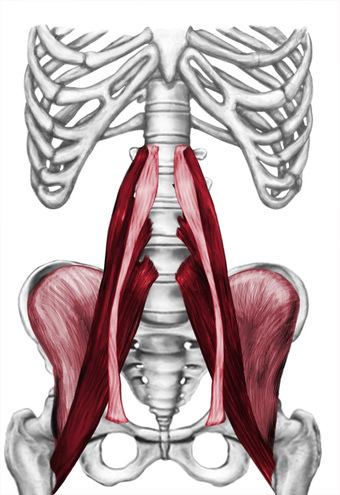
Psoas muscles connect your spine to your legs. The inner ribs connect to the perimeter of the diaphragm muscle from the toes looking up with psoas connection shown cut away. YogAlign shows you how to activate the psoas/diaphragm connection for radiant health and dynamic movement patterning.
One of the reasons people are drawn to yoga is to find peace in the mind and body. Unfortunately many of these people are finding that some ways of practicing yoga can hurt and they are getting injured or feel pain, tension and frustration from attempting postures that are taught and performed in an externalized, competitive, goal-oriented manner. Many give up, deciding that they just cannot do yoga. I have found some of the popular sequences being taught in many yoga classes to be harmful to the natural alignment of the hips, spine, neck and shoulder girdle. People are being asked to climb a mountain so to speak before they know how to put in the proper protection.
SOS means Save Our Sacrum! YOGIS UNITE!

Yoga injuries are epidemically on the rise and the most common injury is related to the sacrum. Time magazine just printed an article called When Yoga Hurts. The truth is thousands of people are getting injured, many think they cannot do yoga, and some are sustaining serious injuries. Most people think it is because teachers are inexperienced or people are pushing too hard. However I have discovered what I believe is the biggest reason. Certain yoga poses are not natural for the human body. These yoga poses put the trunk of the body at a right angle to straightened legs. When the legs are straightened and the feet are flexed as in boat pose and seated forward bends, there is a tremendous compressive force put on the spine and sacrum. These are not natural human positions and there is no right way to do them. We are designed to squat! Primitive people who do not have furniture stay fit and flexible into extreme old age because they never sit in chairs. If you hate seated forward bends, read on because you are very correct to dislike them. They are actually quite harmful for your body. YogAlign encourages the practitioner to use discernment and natural alignment models to decide when a pose is beneficial.
We sit in chairs all day compressing our spine and sacrums and there is an epidemic of back pain because of it. The oxymoron of yoga is that many poses put your spine in the same compression that sitting in chairs causes. If we sit on the floor and try to extend our legs, inside the body the psoas muscles compress the spine at the origin in the lumbar sacral area. Many people teach that your feet should be flexed as well when bending forward. When you flex your feet and extend through your heels, the abdominals which connect through the fascia when you flex, then engage and restrict breathing. When the abdominals are pulled in, the diaphragm and psoas cannot function well for deeper breathing. These type of poses deliver a double whammy, you get a compressed spine and discs, weakening of the psoas and an inhibition of the diaphragm. In the YogAlign system, poses are used only to strengthen natural spinal alignment and diaphragmatic breathing. Any pose which reverses the natural curves in the spine is considered contraindicated and unnatural. Even what is dysfunctional can start to feel normal. In other words we get used to pain and compression and we begin to disassociate from our bodies. For many people, this includes forcing to do yoga poses which are unnatural and ignoring signals from the body to stop.
In my ( Michaelle Edwards) years of teaching yoga, many people have come to me with yoga injuries from practicing boat, staff, and seated forward bends. If you have any problems at all with your sacrum or SI joints, do not do these straight legged poses. For the highly flexible who do the poses with ease, you may be causing long range destabilizing of the sacrum. It is not a good idea to stretch your ligaments as you will destabilize joints by doing so. Look in a mirror at your body from the side in the lower back sacrum area. If your sacrum does not have a natural uplifting tilt and you look flat in the butt, you are chronically overstretching your sacral-lumbar ligaments. The natural vaulted bridge position of the sacrum has an anatomical purpose. If it is flattened, body weight then compresses into your hip and knee area. I have found many yogis who continue to practice these poses or do the tuck your tailbone adjustment for years and they are having hip replacements, SI joint pain and back surgeries.
For those of you who are not flexible, you run the risk of disc herniation as you compress forward. Sitting is not the way to get flexible legs! We are designed to squat. Think about how bad your back feels every time you have to sit in a chair. It is not natural. Imagine in the lower picture what happens to your sacrum, spine and discs if you lift your legs into the straight legged boat pose or bend forward with flexed feet. Ouch! SOS
We sit in chairs all day compressing our spine and sacrums and there is an epidemic of back pain because of it. The oxymoron of yoga is that many poses put your spine in the same compression that sitting in chairs causes. If we sit on the floor and try to extend our legs, inside the body the psoas muscles compress the spine at the origin in the lumbar sacral area. Many people teach that your feet should be flexed as well when bending forward. When you flex your feet and extend through your heels, the abdominals which connect through the fascia when you flex, then engage and restrict breathing. When the abdominals are pulled in, the diaphragm and psoas cannot function well for deeper breathing. These type of poses deliver a double whammy, you get a compressed spine and discs, weakening of the psoas and an inhibition of the diaphragm. In the YogAlign system, poses are used only to strengthen natural spinal alignment and diaphragmatic breathing. Any pose which reverses the natural curves in the spine is considered contraindicated and unnatural. Even what is dysfunctional can start to feel normal. In other words we get used to pain and compression and we begin to disassociate from our bodies. For many people, this includes forcing to do yoga poses which are unnatural and ignoring signals from the body to stop.
In my ( Michaelle Edwards) years of teaching yoga, many people have come to me with yoga injuries from practicing boat, staff, and seated forward bends. If you have any problems at all with your sacrum or SI joints, do not do these straight legged poses. For the highly flexible who do the poses with ease, you may be causing long range destabilizing of the sacrum. It is not a good idea to stretch your ligaments as you will destabilize joints by doing so. Look in a mirror at your body from the side in the lower back sacrum area. If your sacrum does not have a natural uplifting tilt and you look flat in the butt, you are chronically overstretching your sacral-lumbar ligaments. The natural vaulted bridge position of the sacrum has an anatomical purpose. If it is flattened, body weight then compresses into your hip and knee area. I have found many yogis who continue to practice these poses or do the tuck your tailbone adjustment for years and they are having hip replacements, SI joint pain and back surgeries.
For those of you who are not flexible, you run the risk of disc herniation as you compress forward. Sitting is not the way to get flexible legs! We are designed to squat. Think about how bad your back feels every time you have to sit in a chair. It is not natural. Imagine in the lower picture what happens to your sacrum, spine and discs if you lift your legs into the straight legged boat pose or bend forward with flexed feet. Ouch! SOS
SAVASANA WHAAAT?

Savasana, also spelled Shavasana or Shivasana, literally means corpse pose. Lying on the back, arms and legs are spread at 45 degrees, the eyes are shut and the breathe is long and deep. The entire body is relaxed into the ground, releasing tension in any area of the body. It is called corpse pose not only because of the position of the body, but also in its ability to prepare you for the ultimate relaxation: death. Far from the macabre coloring death has taken on the western society, in yogic tradition death is the most important moment of life. All Yoga and meditation can be seen as a preparation for death, as the belief in reincarnation also lends itself to the belief that you are confronted at death with a choice... Certainly to participate in yoga does not require a belief in this philosophy. You can do yoga for spiritual purposes or yoga simply for physiological purposes, and there are many physical benefits of savasana.
Savasana decreases heart rate, blood pressure, muscle tension and general levels of anxiety. It increases energy levels, boosts memory and stimulates the ability to concentrate. It gives you a more easy sleep and brings a general sense of well-being. And everyone can do it, making it the great common denominator of yoga practice.
Savasana is often called the most important pose in yoga. It intelligently informs the body of neuromuscular changes. That is to say, the practice of yoga fundamentally changes the structure of who we are. Savasana, allows the body to rest in order to integrate and accept these changes prior to entering the fray of normal life. This is especially important for the nervous system. It is important to rest for an equal amount of time to your active practice in order to integrate the benefits.
Savasana decreases heart rate, blood pressure, muscle tension and general levels of anxiety. It increases energy levels, boosts memory and stimulates the ability to concentrate. It gives you a more easy sleep and brings a general sense of well-being. And everyone can do it, making it the great common denominator of yoga practice.
Savasana is often called the most important pose in yoga. It intelligently informs the body of neuromuscular changes. That is to say, the practice of yoga fundamentally changes the structure of who we are. Savasana, allows the body to rest in order to integrate and accept these changes prior to entering the fray of normal life. This is especially important for the nervous system. It is important to rest for an equal amount of time to your active practice in order to integrate the benefits.
THE MAGIC OF SELF MASSAGE!
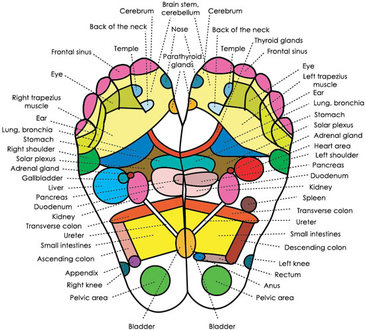
Bears do it. Lions do it. Most mammals love to do it. And humans do, too — especially once they realize it doesn't just feel wonderful but also provides health benefits. It is massage, specifically self-massage: a powerful, inexpensive and pleasant way to ease tension, relieve chronic pain and treat health conditions.
"This culture has a difficult time understanding the value of touch," says Meir Schneider, Ph.D., L.M.T., director of the Center and School for Self-Healing in San Francisco, where patients with chronic degenerative conditions are taught the methods of healing movement and self-massage. The value is great: Massage can strengthen immunity, improve posture, ease stress, enhance sports performance and increase flexibility, according to the American Massage Therapy Association. Massage may also help relieve some of the symptoms associated with medical conditions, including allergies; anxiety; arthritis; asthma; bronchitis; carpal tunnel syndrome; chronic and temporary pain; circulatory problems; depression; digestive disorders; eyestrain; headaches; and insomnia. "The best news of all is that we can easily perform massage techniques on ourselves," adds Steve Chagnon, R.N., L.M.T., founder of Adirondack Massage in Glens Falls, N.Y., which specializes in treating patients with chronic conditions.
All massage involves moving the contents of soft tissue, Chagnon explains. Massage improves the flow of lymphatic fluid and helps muscles eliminate lactic-acid buildup that can cause soreness. Some massage techniques encourage muscles to massage each other. "Self-massage teaches us to discover the body's needs," Schneider says. "Kinesthetic awareness — a deep sense of movement — is the key to accessing one's own self-healing powers."
"This culture has a difficult time understanding the value of touch," says Meir Schneider, Ph.D., L.M.T., director of the Center and School for Self-Healing in San Francisco, where patients with chronic degenerative conditions are taught the methods of healing movement and self-massage. The value is great: Massage can strengthen immunity, improve posture, ease stress, enhance sports performance and increase flexibility, according to the American Massage Therapy Association. Massage may also help relieve some of the symptoms associated with medical conditions, including allergies; anxiety; arthritis; asthma; bronchitis; carpal tunnel syndrome; chronic and temporary pain; circulatory problems; depression; digestive disorders; eyestrain; headaches; and insomnia. "The best news of all is that we can easily perform massage techniques on ourselves," adds Steve Chagnon, R.N., L.M.T., founder of Adirondack Massage in Glens Falls, N.Y., which specializes in treating patients with chronic conditions.
All massage involves moving the contents of soft tissue, Chagnon explains. Massage improves the flow of lymphatic fluid and helps muscles eliminate lactic-acid buildup that can cause soreness. Some massage techniques encourage muscles to massage each other. "Self-massage teaches us to discover the body's needs," Schneider says. "Kinesthetic awareness — a deep sense of movement — is the key to accessing one's own self-healing powers."
STRENGTH
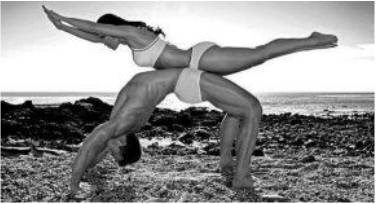
When you are born, all your strength is already within you. You do not need, despite what others may tell you, to develop it; only to restore awareness, to accept and acknowledge your inheritance, and to give yourself permission to release and express your innate strength.
Regardless of age, condition, or circumstance, you are powerful beyond measure.
Regardless of age, condition, or circumstance, you are powerful beyond measure.
SOULMATES...?

“People think a soul mate is your perfect fit, and that's what everyone wants. But a true soul mate is a mirror, the person who shows you everything that is holding you back, the person who brings you to your own attention so you can change your life.
A true soul mate is probably the most important person you'll ever meet, because they tear down your walls and smack you awake. But to live with a soul mate forever? Nah. Too painful. Soul mates, they come into your life just to reveal another layer of yourself to you, and then leave.
A soul mates purpose is to shake you up, tear apart your ego a little bit, show you your obstacles and addictions, break your heart open so new light can get in, make you so desperate and out of control that you have to transform your life, then introduce you to your spiritual master...”
― Elizabeth Gilbert, Eat, Pray, Love
A true soul mate is probably the most important person you'll ever meet, because they tear down your walls and smack you awake. But to live with a soul mate forever? Nah. Too painful. Soul mates, they come into your life just to reveal another layer of yourself to you, and then leave.
A soul mates purpose is to shake you up, tear apart your ego a little bit, show you your obstacles and addictions, break your heart open so new light can get in, make you so desperate and out of control that you have to transform your life, then introduce you to your spiritual master...”
― Elizabeth Gilbert, Eat, Pray, Love
WANT TO RECEIVE MORE INTERESTING INFORMATION LIKE THIS?


